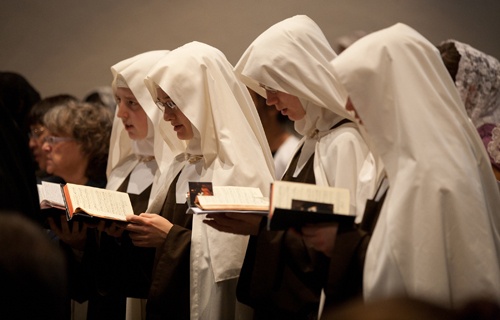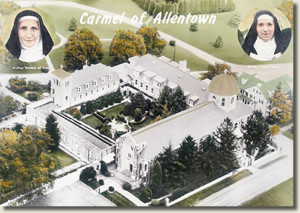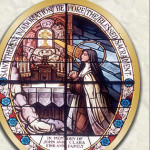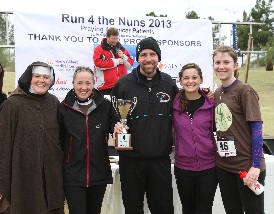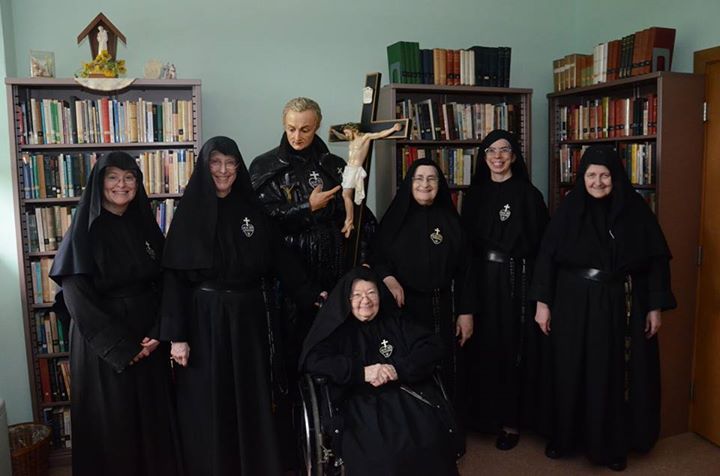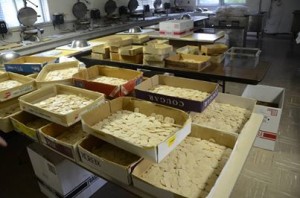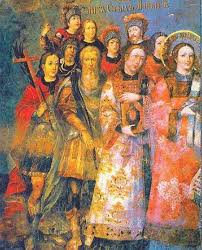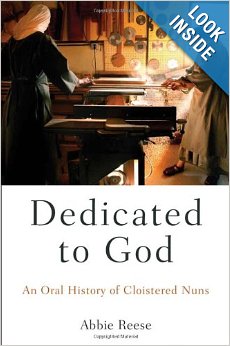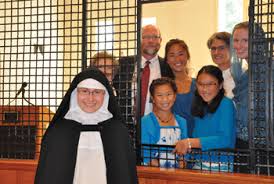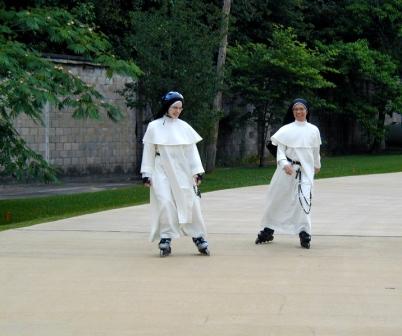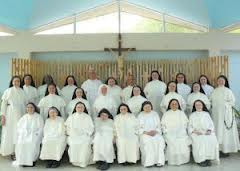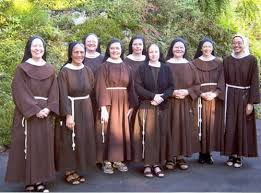
They may be little known in the United States, but there is a wonderful community of Poor Clare nuns in Mission, British Columbia, Canada. As the sisters closed the Octave of Christmas and began the New Year of 2014, they celebrated the first profession of Sr. Agnes Marie, OSC. As you can see by the picture, she looks to be about the happiest Poor Clare in the world!
Sr. Agnes Marie professed the vows of poverty, chastity, obedience, and enclosure. For the next three years, she will journey with “light step, swift pace and unswerving feet on the path of prudent happiness” (St. Agnes of Bohemia who founded the first Poor Clare community north of the Alps). “A continual, silent self-emptying for the sake of bringing souls closer to God: these were the desires of my heart,” Sr. Agnes Marie said. “Though it is a life of sacrifice, the joys and graces I receive from the Lord far outweigh the costs.”
The abbess, Sr. Marie-Celine, was once a Grey Nun and by joining the Poor Clares in far western Canada, left behind all that was familiar to her including her French Canadian heritage. The sisters have bears on their property and wear “bear-bells” to scare them off. One day, Sr. Christine and Sr. Marie Therese were checking on some newly planted trees when one of them heard a rustling sound, looked over a steep bank and saw a bear. Sister cried, “A bear! Run!” They took off and the bear did too — in the opposite direction!
The sisters are very happy that Pope Francis is showing the same love for the Poor Clares as did his predecessors. Last August, Pope Francis visited the Poor Clares in Albano Italy, alone and without anyone present. In October, he visited the Poor Clares in Assisi and let the Cardinals come in with him saying, “I did not have the courage to send them away.”
The Poor Clare Order was established in British Columbia in 1911. These Poor Clares settled in Mission in 1962.The high point of their day is the Holy Eucharist, and they give the Lord praise seven times a day through the Liturgy of the Hours, including the midnight Office of Readings.
The Poor Clare is one who weaves the flowers of each day into a crown for her King…one petal at a time. She is poor, chaste, and obedient. She is one who is alone on the mountain with Christ, enclosed in His Heart and lifting the entire world in prayer to her heavenly Father.
